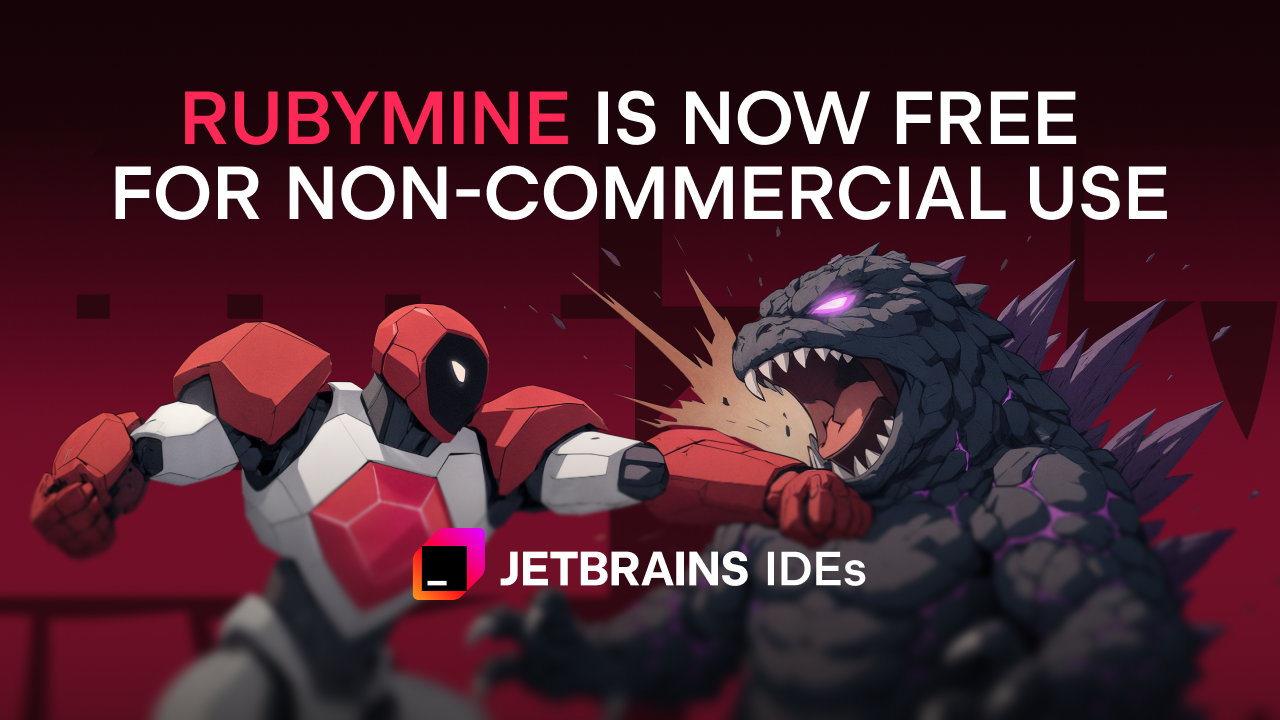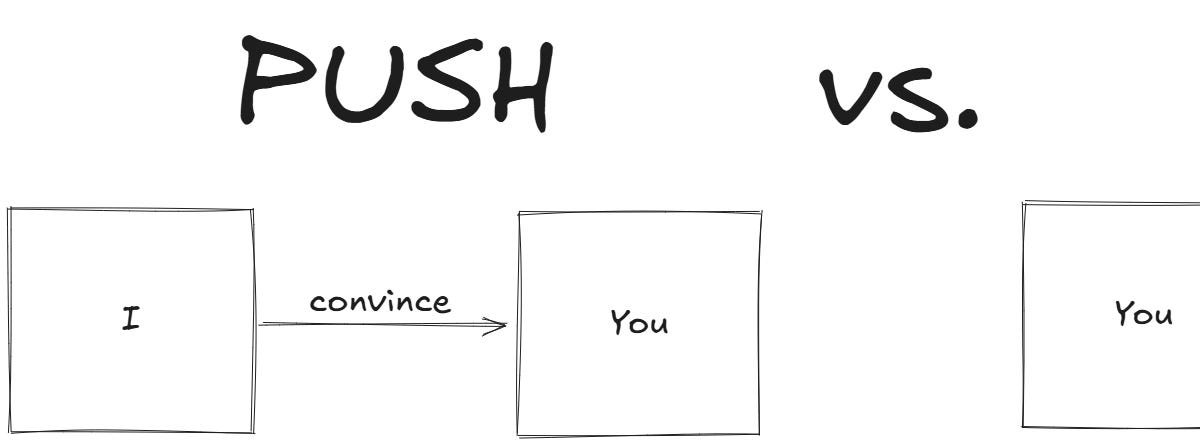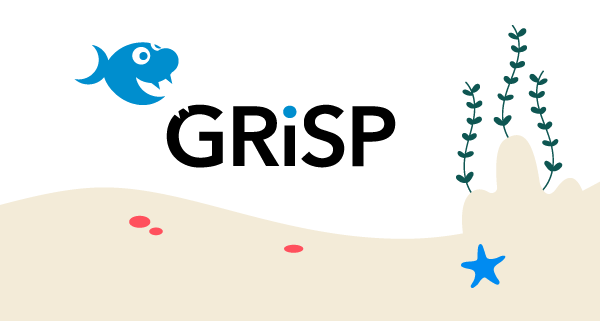Toronto's Path: A Spontaneously Formed Pedestrian Subway Network

Toronto's congested downtown spurred businesses to create a network of underground tunnels connecting offices to subway stations – "The Path." Over decades, this 30km+ system, independently managed by numerous owners, alleviated surface congestion and evolved into a thriving shopping mall. This unique case study in urban transportation planning raises the question: why hasn't a similar 'pedestrian metro' model been widely replicated in other cities?
Read more













